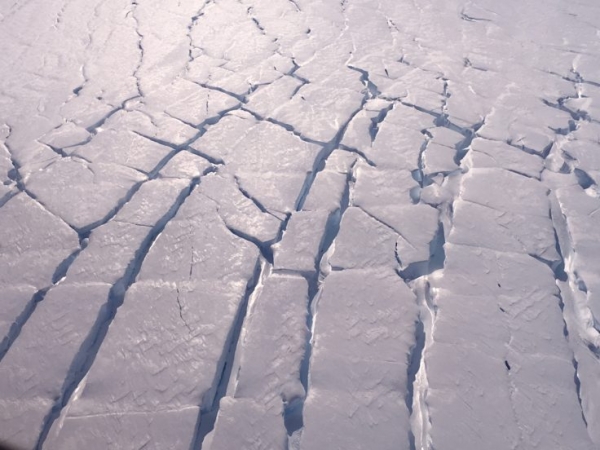The rapid retreat of Thwaites Glacier in West Antarctica appears to be driven by different processes under its floating ice shelf than researchers previously understood.
Novel observations from where the ice enters the ocean show that while melting beneath much of the ice shelf is weaker than expected, melting in cracks and crevasses is much faster. Despite the suppressed melting the glacier is still retreating, and these findings provide an important step forward in understanding the glacier’s contribution to future sea-level rise.
Two papers in the journal Nature this week (15 February 2023) provide a clearer picture of the changes taking place under the glacier, which is the size of Great Britain or the US state of Florida and is one of the fastest changing ice-ocean systems in Antarctica. Results show that although melting has increased beneath the floating ice shelf, the present rate of melting is slower than many computer models currently estimate.
Read more at British Antarctic Survey
Image: Thwaites Glacier in Antarctica is extremely remote and challenging to get to. (Photo credit: Britney Schmidt)


